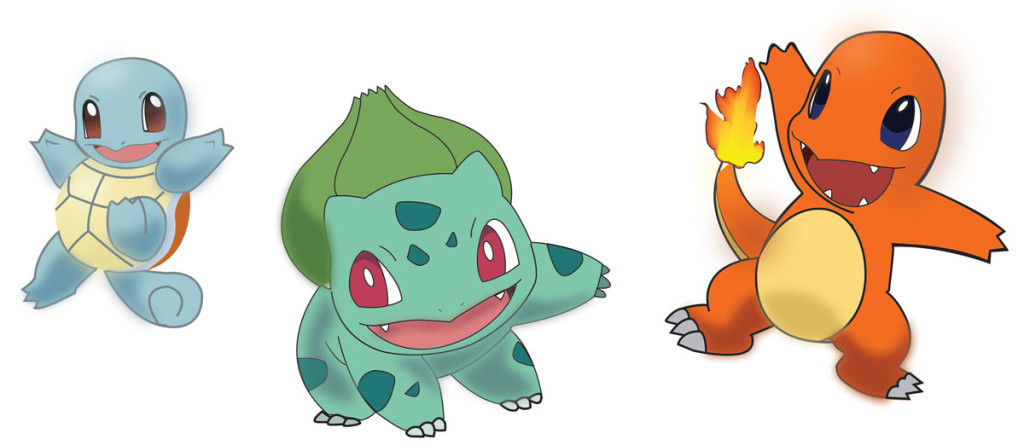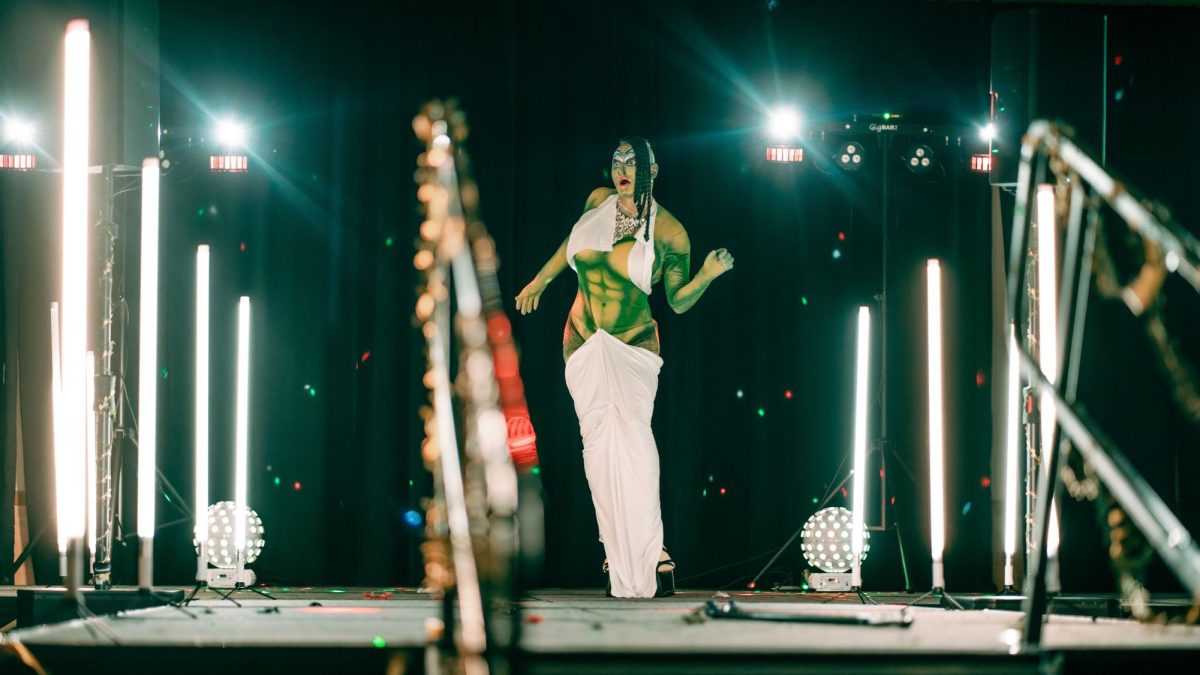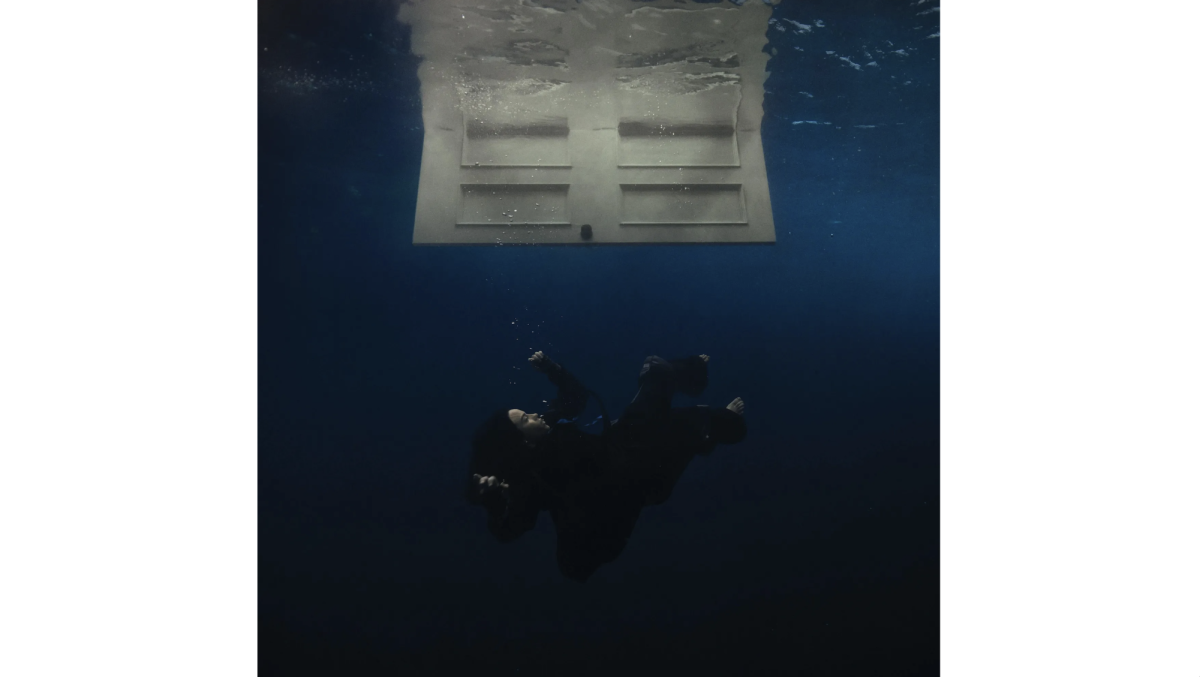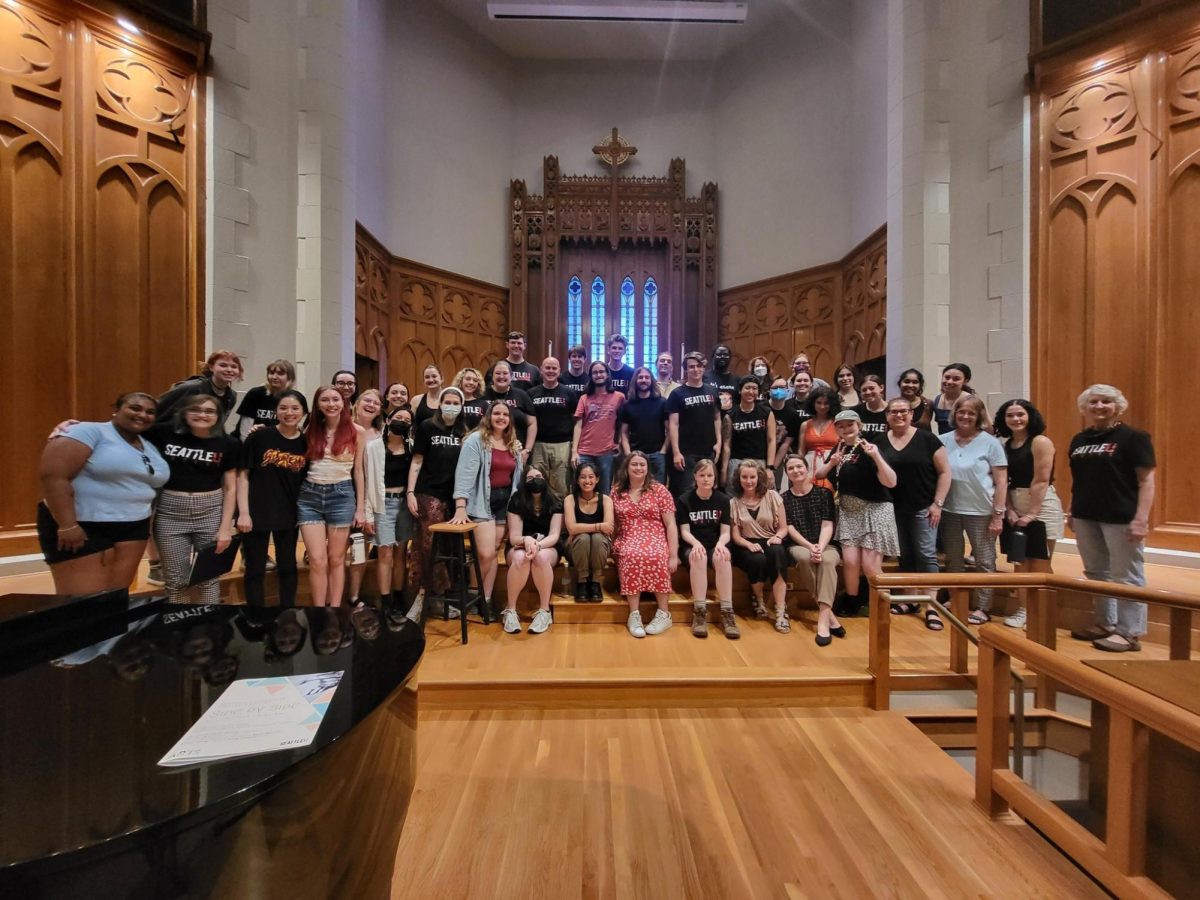Like many children, I was gifted the Pokémon games at a young age. In 1996, “Pokémon Red” and “Green” were released in Japan and were met with immense success. This success prompted the release of the American “Red” and “Blue” versions in 1998. Seeing as my brother and I were at prime video gaming ages when they were released, my mom bought both versions—I got “Blue,” my brother got “Red”—and the rest is history.
Now it is 2016 and Nintendo is ready to celebrate the 20th anniversary of one of their most successful properties and to reward their avid fan-base with new products.
I am not the only Seattle University student to feel both nostalgia and excitement for 2016. Senior Faye Thornburgh also developed a lifelong passion for the games and plays on an almost-daily basis; she has even managed to capture all 721 Pokémon, thus fulfilling the show’s most prolific challenge, “Gotta Catch ‘Em All!”
“I remember watching the Pokémon cartoon from the age of six or seven, but my experience with the franchise, the reason I’ve been an avid fan for so long, has to be playing Pokémon Ruby when I was 10,” Thornburgh said. “The Pokémon games launch you into a world that is simultaneously very familiar—some might say repetitive—and remarkably new. With the 20th anniversary events and the recently announced games I feel my commitment to the series has been well rewarded.”
With nearly 1,000 episodes of various series, over 50 video games, 5,000 trading cards in print and almost 20 movies, Pokemon is not a franchise to underestimate; the Pokémon Company is estimated to make $1.5 billion per year. Some malls even have special kiosks known as Pokémon Centers where consumers can purchase games, toys and plushies; the closest one to Seattle U in Seattle is at the Northgate Mall.
One of my absolute fondest memories as a kid was rushing home from school to catch an episode of Pokémon. These were 30 minute periods of pure bliss as a kid; I remember trying to guess “Who’s that Pokémon? and learning the “PokeRap.” It always felt like it was the same few episodes—but I didn’t care. Fast forward to 2014 when Pokémon landed on Netflix and you can bet your Pokéballs I was beyond stoked to binge-watch every episode I never saw—and it was glorious. Parents found it tiresome always having to go out and buy those “Poké-man” cards that they assumed would be worthless and quickly grown-out-of; I still have mine, 17 years later.
Hidden under the bright colors, mystical monsters and epic tales of heroism were poignantly deep lessons on the power of bravery, teamwork and friendship. At a larger level, Pokemon was about the classic story of good against evil. It taught viewers to stand up to bullies and that goodbyes aren’t always bad (gosh darn you, Butterfree). At a young age, these lessons went completely over my head, but as the years have gone by, it has been amazing to see just how educational and influential the show was.
Thornburgh is hardly the only fan on campus; junior Alissa Neuman has been an avid follower since the age of five.
“My experience started when I was really young, I got introduced to it by my mom’s boyfriend’s son who was older than me and he gave me my cards,” Neuman said. “My love has persisted because they keep expanding the franchise so it doesn’t get old. The nostalgia also helps; I’ve formed admiration for certain Pokémon that is literally fifteen-years-old.”
Nintendo will release a commercial during the Super Bowl this Sunday that commemorates this monumental milestone. More importantly, they will be rolling out their newest—and perhaps most innovative—product: “Pokémon GO,” an augmented reality game for smartphones that will allow users to explore real-world locations in search of rare Pokemon. Imagine walking through campus and finding a Pikachu in Admin—it will surely be a more exciting reason to head to class than boring old learning. In addition, a wristwatch looking accessory with a Pokéball design will allow users to play even if they don’t have a smartphone.
If you were to see graduate student Corey Patton around campus, you might just catch him playing one of the many games—he has them all.
“I’ve literally purchased the games every time a new one releases. My memory of it being my first handheld video game, and a good one at that, has helped Pokémon remain a constant presence in my life,” Patton said. “I would say now that I’m an adult, things have gotten worse, because I have access to a much larger budget than when I was a kid.”
It’s hard to imagine where Pokémon will be in 20 years. From its humble beginnings in the form of playing cards, an animated series and video games, Pokémon has evolved into a worldwide phenomenon that wields the power of nostalgia very well. Twenty years on and there’s no end in sight—I just can’t wait to see where we’ll be in 2036.
Scott may be reached at [email protected]












